Ice fishing. Tis’ the season for it.
I sure enjoy ice fishing but admittedly I don’t do much of it. I don’t quite have all the equipment needed for it. So, I guess you would consider me an amateur ice angler.
Nevertheless, when there’s an invitation to go with seasoned veterans of the hard water fishing lifestyle for a day, you can bet that I will jump at the opportunity.
Such was the case a couple years ago in January of 2020 when Ty Stromquist of Norfolk, NE and his dad, Alan Stromquist of Oakland, NE invited me to spend a day ice fishing with them on a frozen farm pond in northeast Nebraska.
If you ever get an invite to safely ice fish (adhering to COVID-19 restrictions/guidelines, of course) with those who are avid, serious ice anglers, trust me, go! You will learn a great deal. I know I have and the notes I kept prove it.
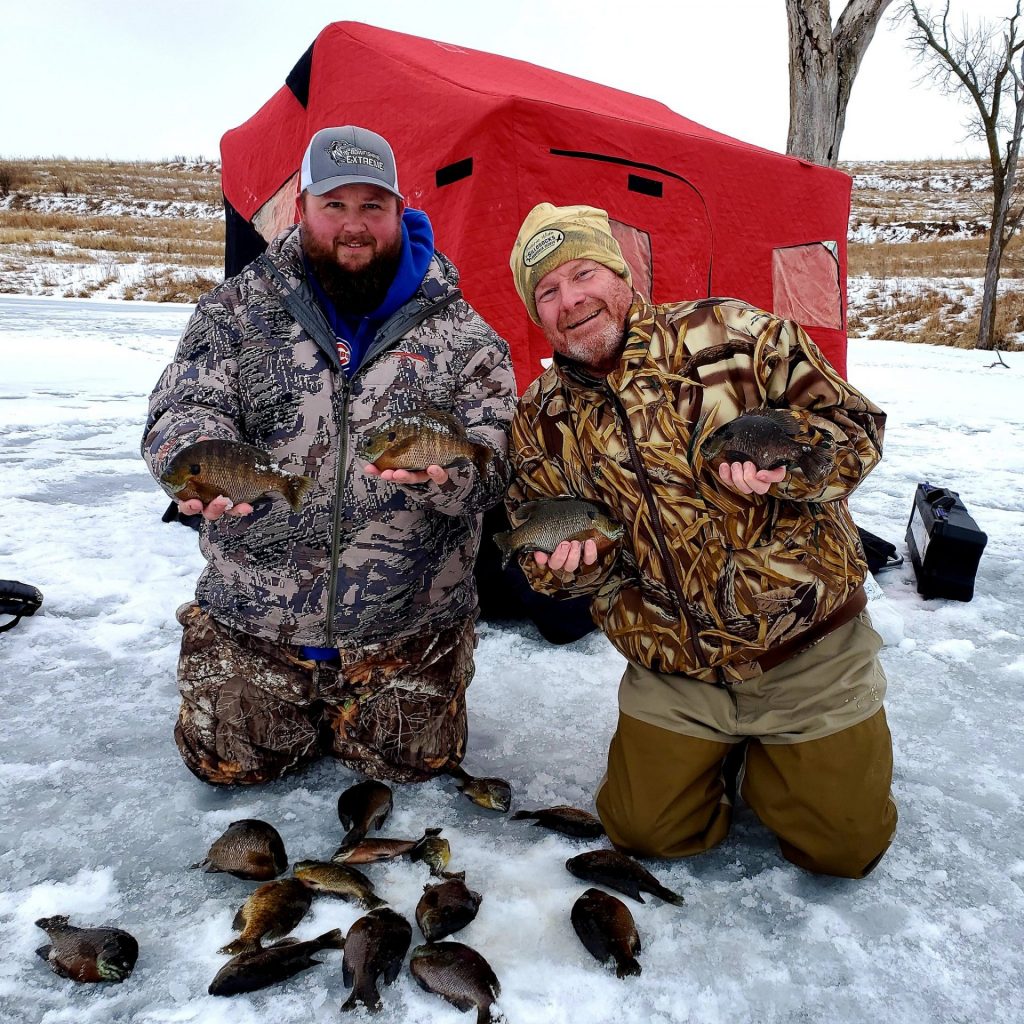
Besides, ice fishing fends off cabin fever like no other winter sport or activity that I know.
To me, ice fishing means many things.
It is experiencing pure, raw adventure, wonderful camaraderie (lots of laughs) or solitude, cool technology, interesting challenges, tasty rewards and gaining a better understanding of an aquatic environment in winter.
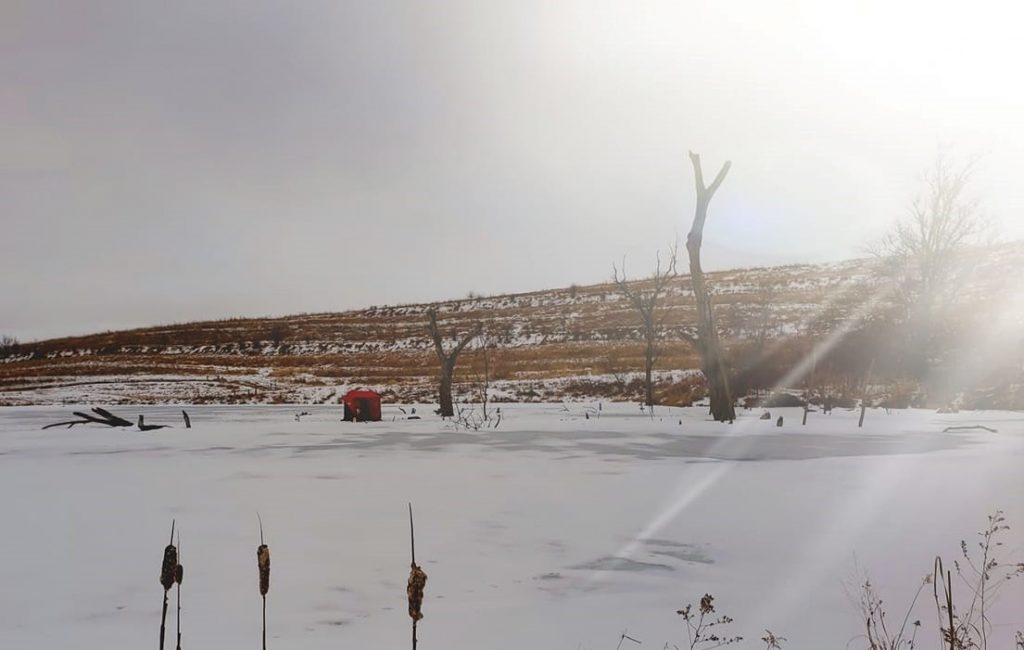
Did I mention how fun ice fishing is?
I will tell you firsthand as an outdoor enthusiast with many pursuits that there is nothing colder to do in the winter than ice fishing. The old joke about ice fishing is that it is a sport many people try once, and only once. “Baloney,” as a fisheries biologist friend of mine, Daryl Bauer with Game and Parks, would say about that. And yes, I agree with him.
You just need to have a valid Nebraska fishing permit, look over the current fishing regulations and then use the right gear to get the full benefit of hard-water angling.
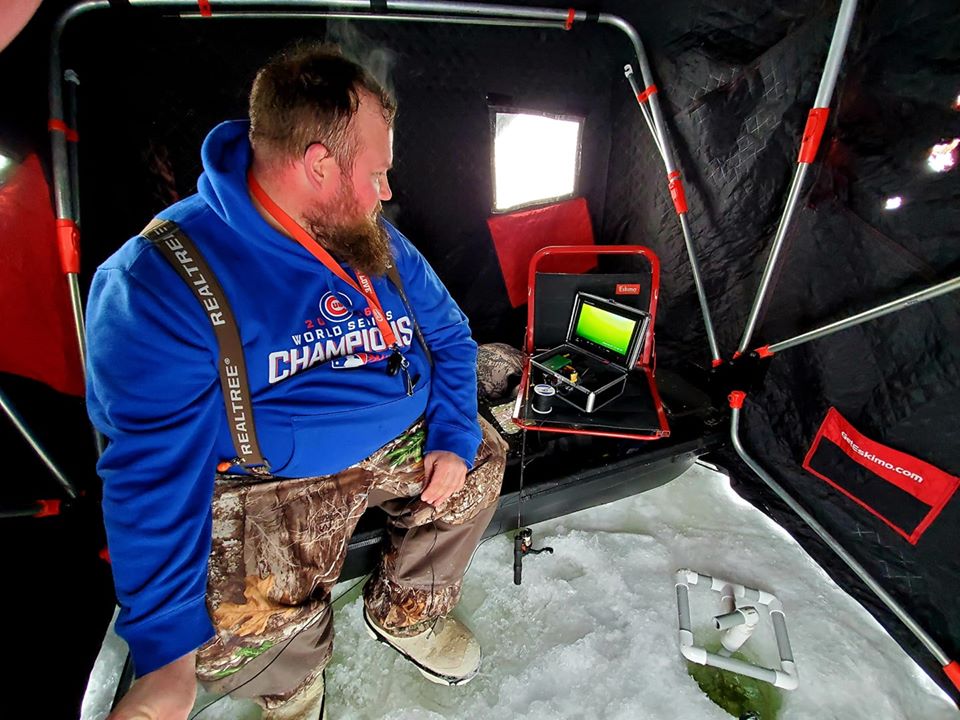
There is much to know about the winter world of fishing through the thick ice of a pond, lake or reservoir.
Ice fishing has come a very long way since the time Native Americans began figuring out how to cut holes in the densely frozen, vast Great Lakes to find food. Today’s ice fishing ventures are primarily about sport and enjoying winter outside, and perhaps taking home some fresh fish for dinner.

Whether you’re new to ice fishing or an ardent ice angler, there’s always knowledge to be gained when fishing through the ice. Here’s a collection of 10 tips that I picked up about ice fishing from those longtime, successful ice anglers — the Stromquists.
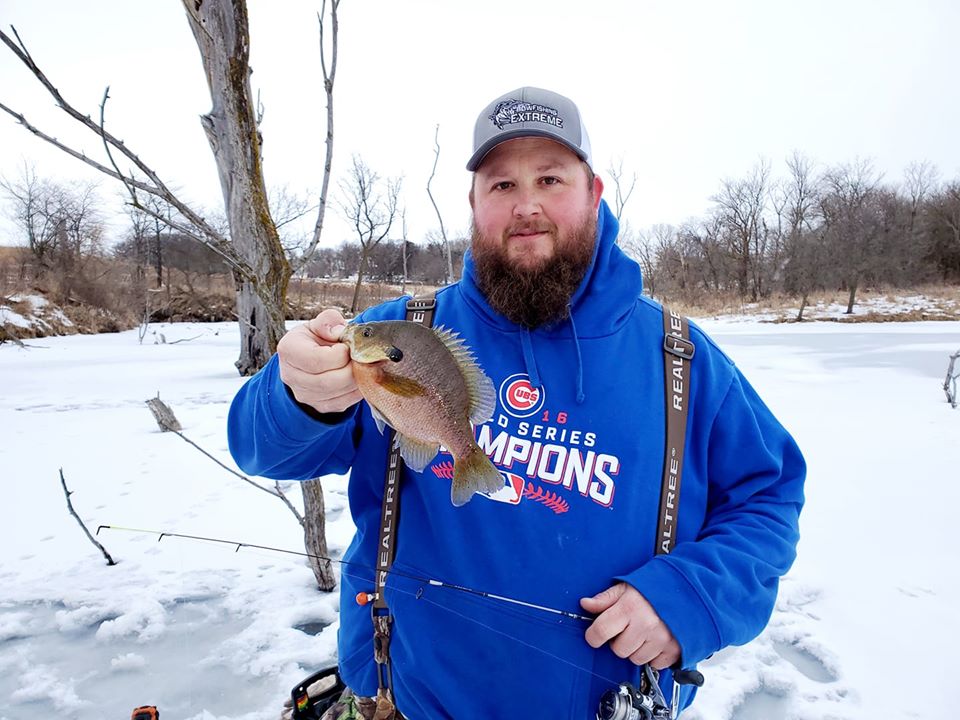
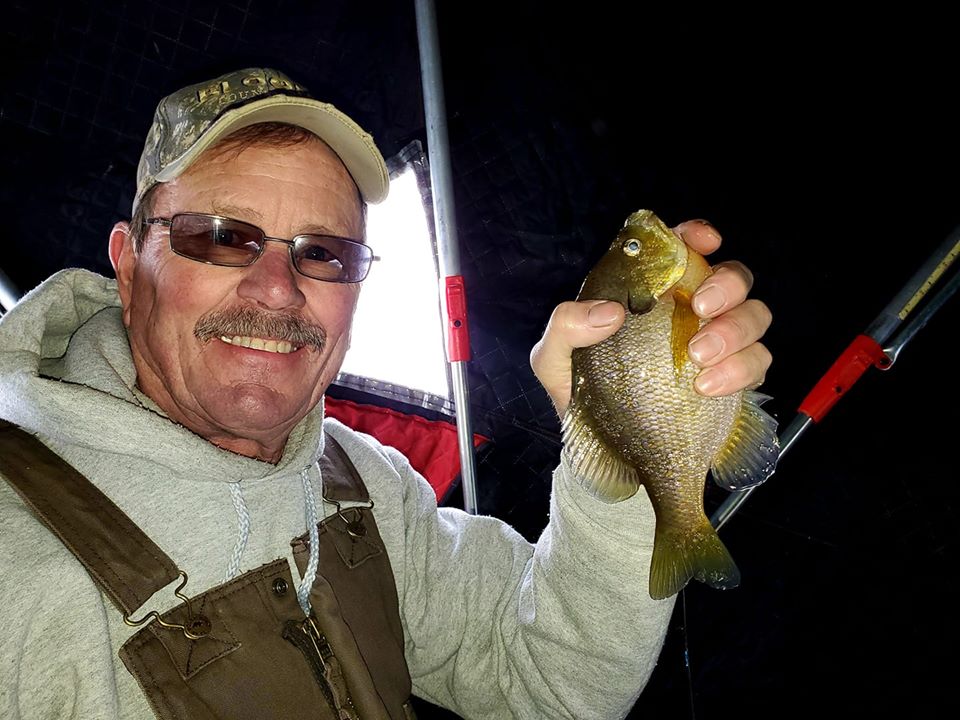
Tip #1:
Safety first! Always drill test holes and heed these life-saving pieces of advice. After closely examining the frozen body of water you want to ice fish and making the safe decision to head out on it wearing a life jacket or float coat, drill test holes about every 30 feet or so. Drill the holes out to where you want to ice fish and then follow them back to shore the same direction when you are finished for the day. Some places may have currents or springs, causing the ice to be thin beyond where you have drilled. Take the time to drill test holes making certain you have at least 4 inches of good, solid, clear lake ice to support you. Five to eight inches of that ice will hold an ice fishing shelter, depending on size. Six inches of good ice will support several anglers in a group and eight inches, a snow machine. It is also a good idea to carry a pair of ice picks in your coat pockets or attached to a long string around your neck and dangling at the end of your coat sleeves. You may need to grab the ice picks in the event you fall through the ice and have to claw your way out of the frigid water over a super slippery surface. Another good idea (just in case of emergency ) is to tote a commercial grade throw rope in the event you have to assist a partner or someone else from getting out of the icy water.
Tip #2:
Warm boots, waterproof gloves or a muff are musts. The two best purchases an ice angler can make are name brand, high quality boots that keep your feet warm and dry plus a good set of warm, waterproof gloves or a fleece muff with hand warmers in it. Your feet are always going to be connected to the ice and they can easily get cold, thus warm/dry boots are quintessential! A pair of moisture-wicking socks under wool socks in your boots should be worn. Additionally, with ice fishing your hands can really get cold. So, a good pair of insulated, waterproof gloves offering dexterity or a fleece muff with hand warmers in it should be accessible.
Tip #3:
Wear ice cleats or ice creepers. Avoid slipping and falling on the ice and snow of a frozen water body by wearing ice cleats or what are called ice creepers or ice cleats. These contraptions are easily affixed to a boot and have small spikes underneath. They help prevent falls on slippery surfaces like ice or snow especially when ice fishing. The ice cleats or ice creepers are attached to footwear with straps over the toe box/cap and heel.
Tip #4:
Grab a 5-gallon bucket. Believe it or not, the five-gallon bucket is a critical component for your ice fishing operation. Simple to tote or transport, that bucket will keep your bait fresh, store tackle, carry snacks, drinks and extra clothing, and can provide you with a seat. Even avid ice anglers who have shelters find a 5-gallon bucket useful.
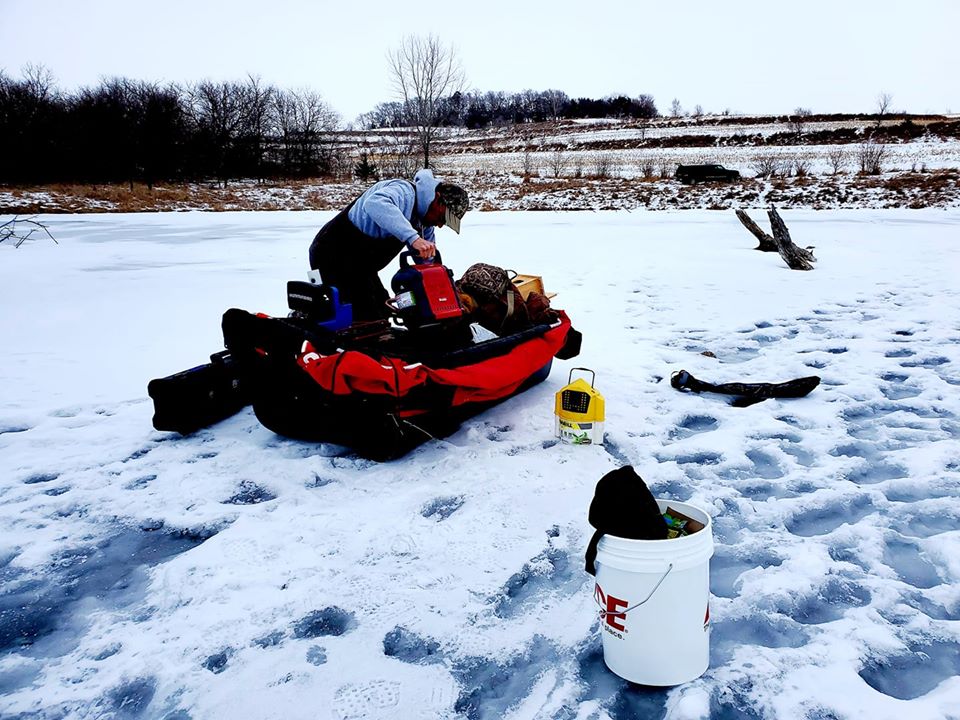
Tip #5:
Invest in a shelter. The modern, portable, insulated ice fishing shelter is one of the greatest inventions ever! The days of cold feet and hands, blowing snow and ice-covered lines are gone with a shelter that looks like a tent and contains a bench with backrests. Modern ice shelters collapse or fold up on a sled for uncomplicated transportation. Small portable propane heaters can be simply placed in the shelters, too. An ice fishing shelter allows you to stay warm, plus fish longer and more comfortably.
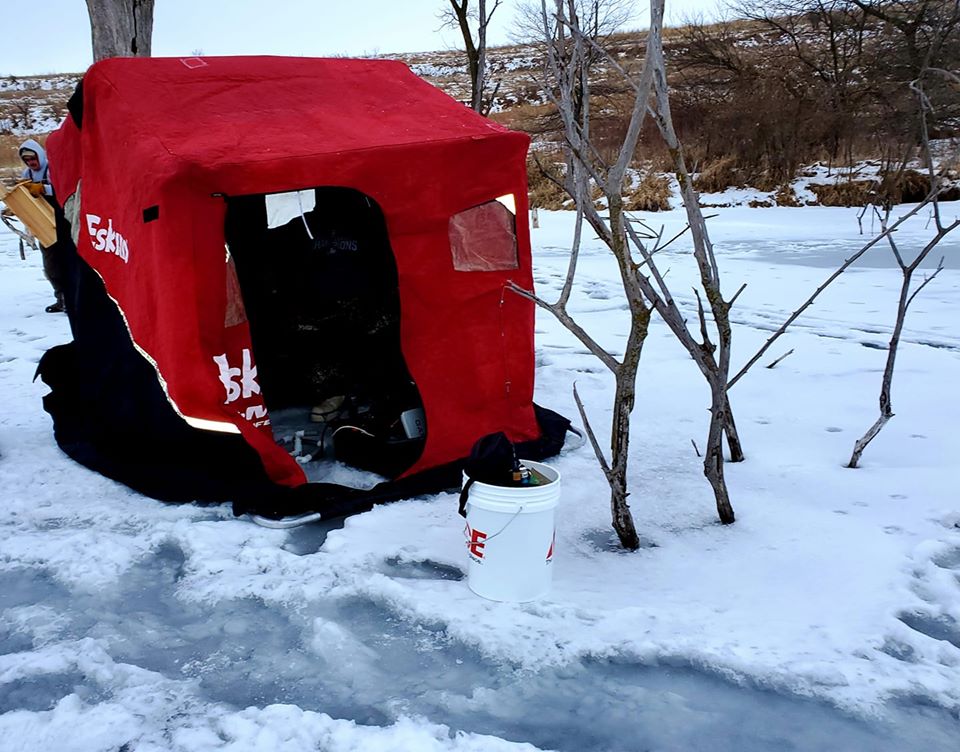
Tip #6:
Keep drilling those holes. The practice of drilling multiple, staggered holes across a key fishing area is known as “ice trolling.” This is a time-efficient strategy for locating active game fish, particularly near cover or structure. Even though fish like bluegill and crappie school and move around under ice, it still doesn’t do any good to keep ice fishing in one place if you’re not getting any bites or catching anything.
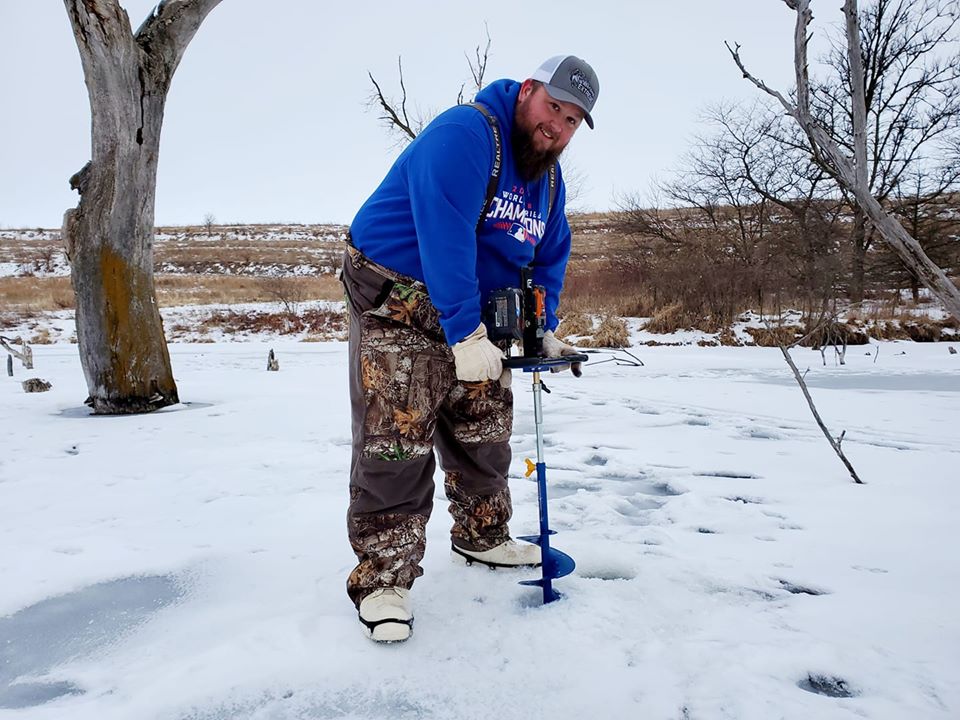
Tip #7:
The fun of modern technology. Contemporary electronics make ice fishing a whole lot of fun! These devices range from sophisticated sonar units with GPS marking and multiple screen capabilities to handheld devices with liquid crystal displays. Color sonar flasher units are the most common tool ice anglers use and they are amazing. The underwater camera systems are truly awesome and add yet another very vivid dimension to the lifestyle of ice fishing as well.
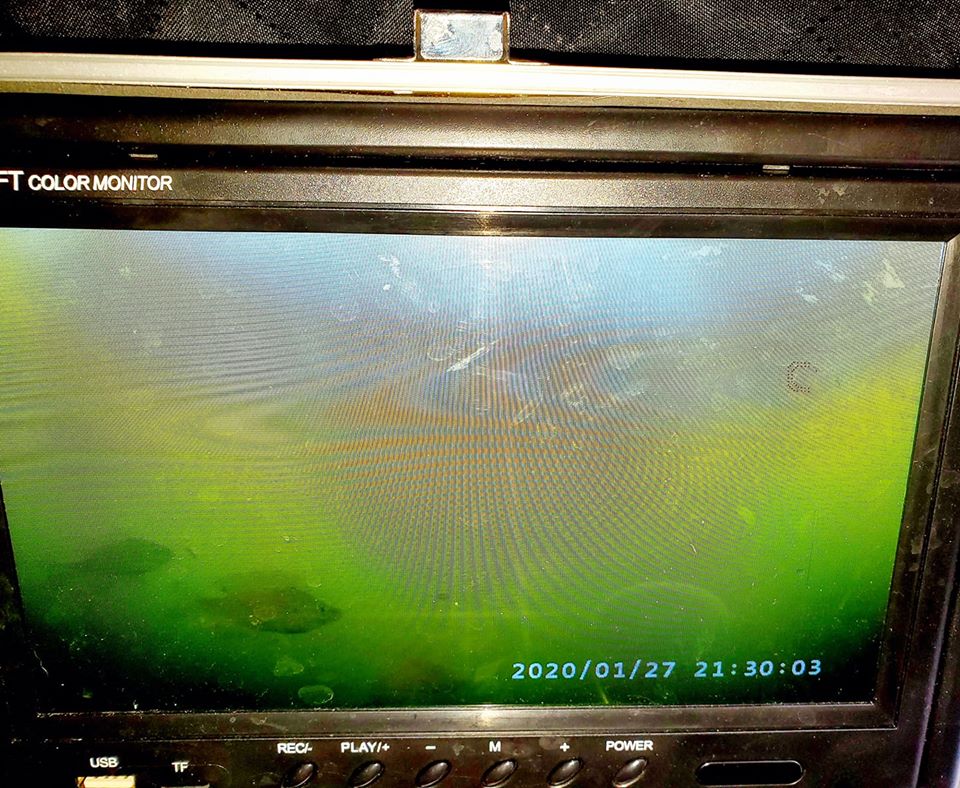
Tip #8:
Work fish from above, not below. Okay, you have located fish under the ice, now keep your bait above them. Fish tend to see better looking up rather than peering down because of the light the sky provides at the surface of the water, even with ice cover. If your waxworm or minnow is positioned above the fish, they are more apt to see the silhouette of it and consume it. Also, by maintaining your bait above the fish you’re targeting, you are less likely to spook the other schooling fish swimming around them. This is true with bluegill.
Tip #9:
Jig, but how? A basic ice fishing jig presentation includes a lift-and-drop sequence, or a series of drop movements followed by a pause. What’s important is to let the fish dictate to you what they want. Vary your rod motion and your bait’s position in the water column often until you find out what the fish prefer to eat that day. Maybe they don’t want a jigging movement at all but rather a motionless “dead stick” presentation just up off the bottom!
Tip #10:
Preparing and cooking fish caught through the ice. I am a big proponent of catch-and-release fishing, however, I occasionally practice selective harvest and keep some panfish (bluegill, crappie and their kin) caught through the ice well within my daily bag limit if the water can sustain it. Fresh, local fish with firm flesh caught through the ice are not “fishy” tasting at all, they are delicious. Once your home and the fish are filleted, the key is to cook and eat them as soon as possible. Lightly breaded and fried panfish fillets will be the hit of your family supper!
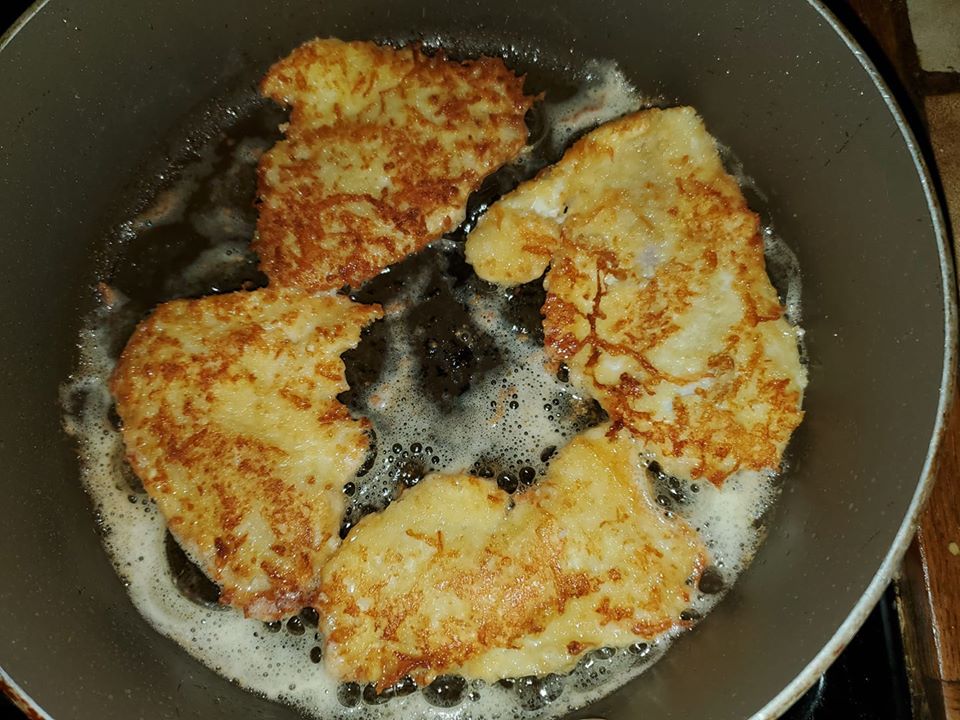
The post Ice Fishing: 10 Tips I Learned appeared first on Nebraskaland Magazine.
















